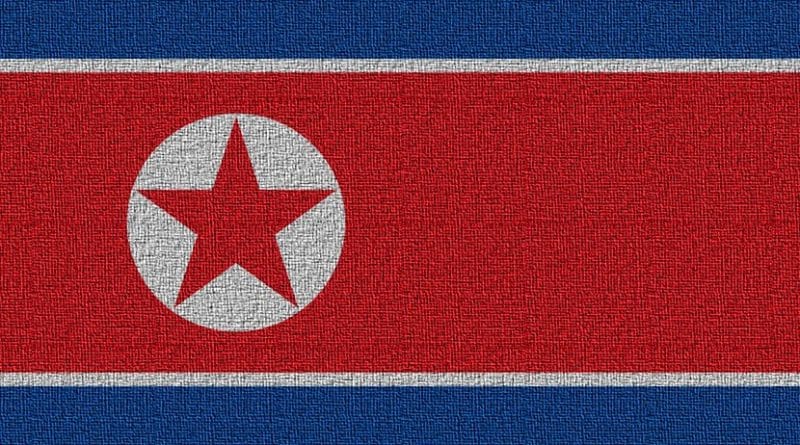North Korea: A Dictator Dies, Will The Regime Live On? – OpEd
Kim Jong-il, the ruler of perhaps the most totalitarian dictatorship in the world, is dead. In watching the footage of North Korean citizens weeping hysterically, as if their own children had died, we can see the great wickedness at the heart of hyper-statism. Communism, fascism, and the total state represent a form of worship, and probably the worst kind. The fact that people could be so brainwashed so as to feel this way about the parting of a brutal dictator—or, alternatively, to act as they feel this way to avoid official punishment—speaks volumes about the pure evil at the core of totalitarian ideology.
It also reveals that tyrants like Kim Jong-il do not exist in vacuums. They depend on public ideology to thrive. Without the North Korean people believing in the supremacy of their state, the state would collapse, which is why all states—and particularly authoritarian ones—are so bent on fomenting a social theory and narrative of propaganda favorable to themselves.
The peculiar nature of the North Korean regime and its supporting ideology is well worth studying. I recommend B.R. Myers’s fascinating The Cleanest Race: How North Koreans See Themselves. Here is the first chapter. Unlike many fascist regimes that rely on symbolism of paternalism and strength, the North Korean civic religion, Myers argues, is promolgated on themes of motherhood and child-like innocence. The North Korean people, according to this thesis, celebrate their own juvenile, even naive, attitudes toward the world, and see themselves as the purest of all peoples, constantly attacked, betrayed, and tricked by the corrupt forces that surround them.
An ideology so described could sustain a regime like North Korea’s long past the death of any figurehead, I’m afraid. While economic law spells the eventual demise of communism, ideology can go a long way in encouraging a population to tolerate the worst of material conditions to sustain the establishment lie.
I also found this documentary Inside North Korea worth watching to get an idea of the invincible and irrational love many North Koreans have for their oppressors. It has long been fashionable for far leftists in the West to defend the reputation of communist regimes against American “propaganda,” and I have even seen some extend the benefit of the doubt to the North Korean state. But the mass impoverishment, slavery, and control exercised over that society, from which refugees desperately flee to China, a practical liberal utopia compared to North Korea, are every bit as anti-human as any proud conservative American is likely to insist. Americans are prone to exaggerate their own allotment of liberty relative to what is allowed by demonized foreign regimes. In this particular case, it is very difficult to do so.
One area where I tend to disagree with people like Myers is the role the U.S. has played toward the North Korean regime. While not a total defender of U.S. actions, he strikes me as too critical of the antiwar perspective. I think it is nearly impossible to over-state the evils and horrors of the North Korean regime. Yet I am a lot more sympathetic than he is to the work of such historians as Bruce Cumings who argue that U.S. foreign policy against North Korea has been aggressive and greatly counterproductive in terms of promoting liberty over there. In the U.S. war with Korea, U.S. bombs destroyed eighteen out of 22 major cities. The Truman administration targeted civilian dams to cause massive flooding and death and, for a period, dropped 800 tons of bombs on the nation every day. These atrocities left a mark of resentment and American militarism has continued to be identified by the North Korean regime as a main justification for its existence. While primary blame lies on the North Korean rulers, and Kim Jong-il’s wickedness can hardly be exaggerated, it is a mistake to see the U.S. government as the good guys in the tale in any substantial way.

